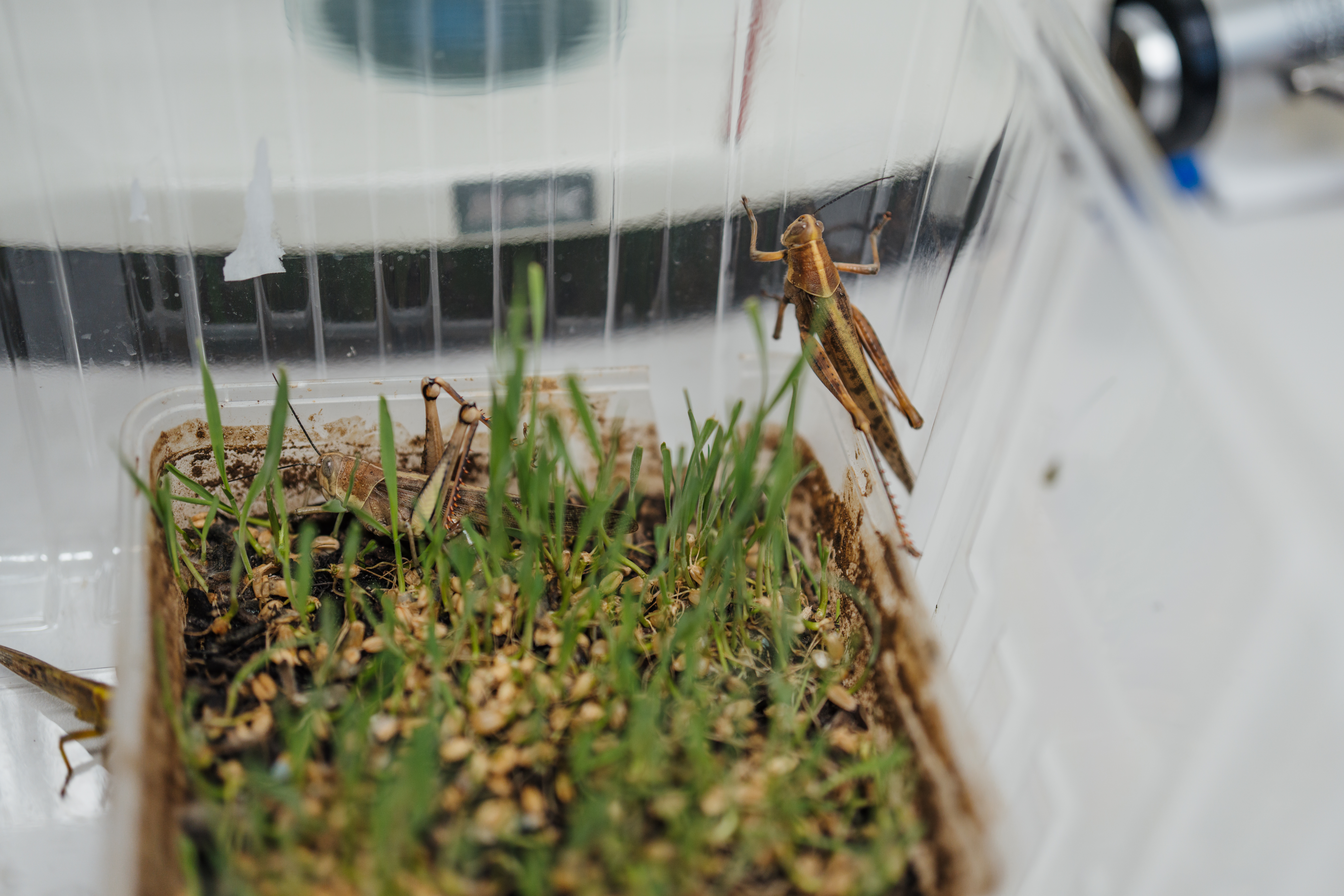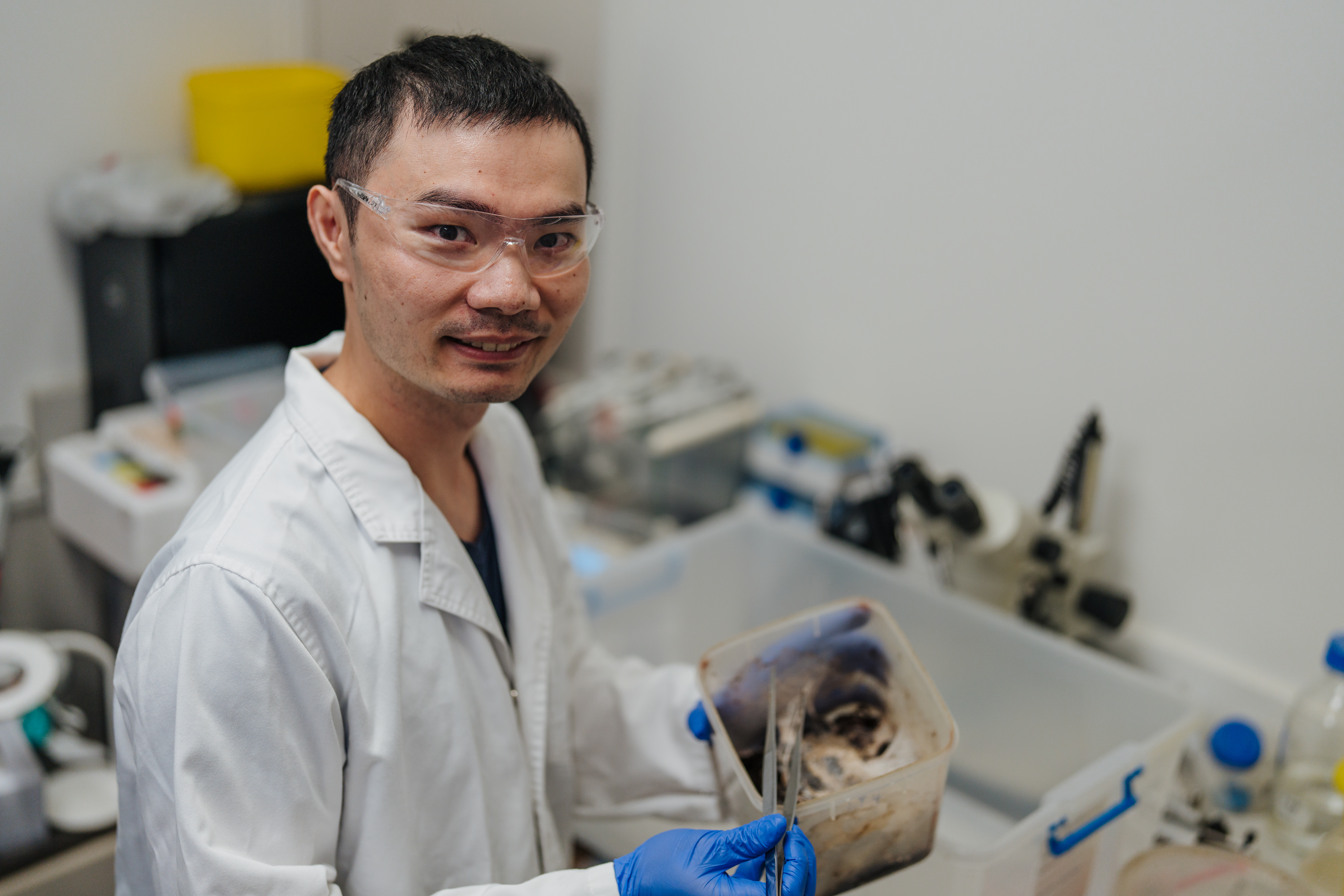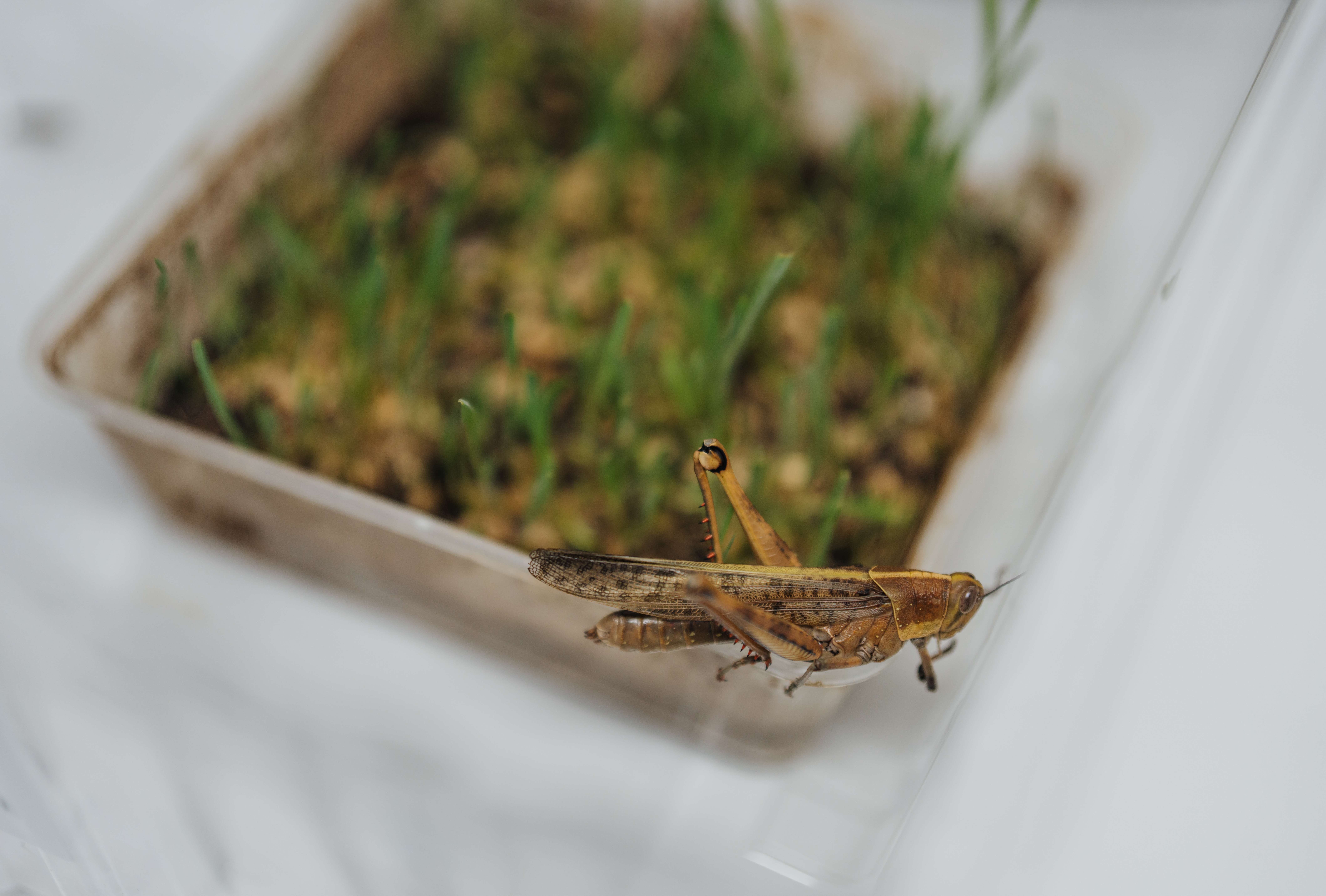A University of the Sunshine Coast researcher is using arachnid venom to help farmers fight locusts, after being awarded a $240,000 Advance Queensland Industry Research Fellowship.
Over the next three years, Dr Shaodong Guo will investigate hundreds of spider and scorpion venoms for chemical compounds to develop into a commercial insecticide to protect crops.
“We are one of the few labs in the world experimenting with oral ingestion of venoms. We now have the world's largest arachnid venom collection – comprising more than 750 species from around the globe – at our disposal at UniSC,” Dr Guo said.
“We have some initial data on 200 venoms we’ve previously investigated in relation to crickets, cockroaches and dipterans, so we’ll start there. Most of those are tarantula venoms. There’s also some Sydney and Tasmanian funnel-web spiders and 20-or-so different scorpion in there too.”

Bachelor of Science
Study science and be part of new discoveries that help improve our understanding of the word around with USC’s Bachelor of Science – a flexible degree that lets you choose your own path, and includes practical laboratory and fieldwork to prepare you for a career in emerging scientific fields.
Once they’ve compiled a shortlist of the most promising and potent venoms, Dr Guo and the research team will identify and isolate the specific chemicals within them that attack the locusts.
This step, he says, is crucial to minimising potential harm to non-target species.
“Venoms are incredibly complex, containing different peptides for different jobs,” Dr Guo said.
“The peptides that harm prey, like locusts, work by targeting the ion channels in their central nervous system. This means they can be utilised for targeting specific insect pests – without affecting beneficial insects and vertebrate animals.
“We’ll also be researching any potential effects on bees – specifically memory loss – which is actually a problem with a lot of current chemical pesticides.”
Several chemical pesticides already exist to treat locusts, but their poor selectivity and lingering ‘half-life’ which can last weeks, even months, means they must be used with caution says Dr Guo.
He believes a toxin-based alternative, could offer a significantly better environmental outcome.
“Venom peptides are highly potent, actually more so than most chemical pesticides,” Dr Guo said.
“But they’re also fully biodegradable and have zero-day preharvest interval (PHI), which means they can be applied to a crop on the same day of harvest. They finish the job, then break down,” Dr Guo said.
Once they’ve isolated the relevant peptides and synthesised them, Dr Guo says testing will move from locusts in the lab, to the greenhouse.
“Our industry partner, the Colere Group, is helping us with agricultural testing. Once we think we’ve got a viable insecticide, we’ll work with them to trial it on plants in a greenhouse setting,” Dr Guo said.
But even with promising initial results, it might still be some years before farmers can pop down to their local agricultural supply store and buy a bottle of spider or scorpion spray.
“This is all still very new. There’s only one venom pesticide – derived from Australia’s Blue Mountains funnel webs – that’s been developed commercially and approved for use in America. Two more are in development,” Dr Guo said

Bachelor of Environmental Science
Help businesses and governments make informed decisions about how to manage natural ecosystems in this undergraduate course on environmental science.
Media enquiries: Please contact the Media Team media@usc.edu.au




